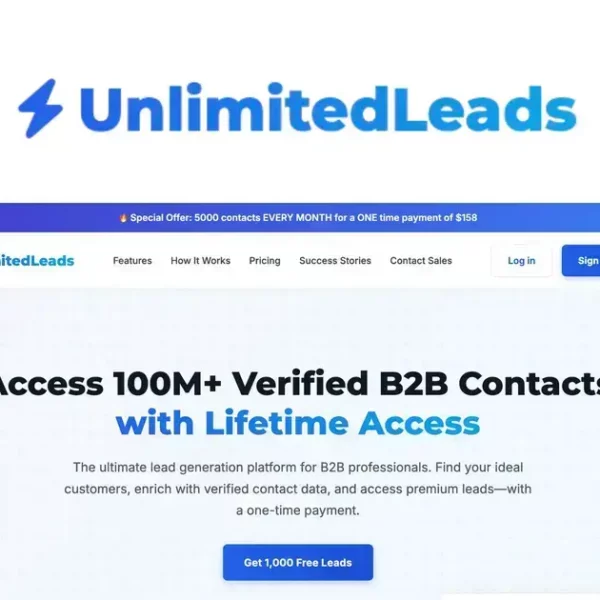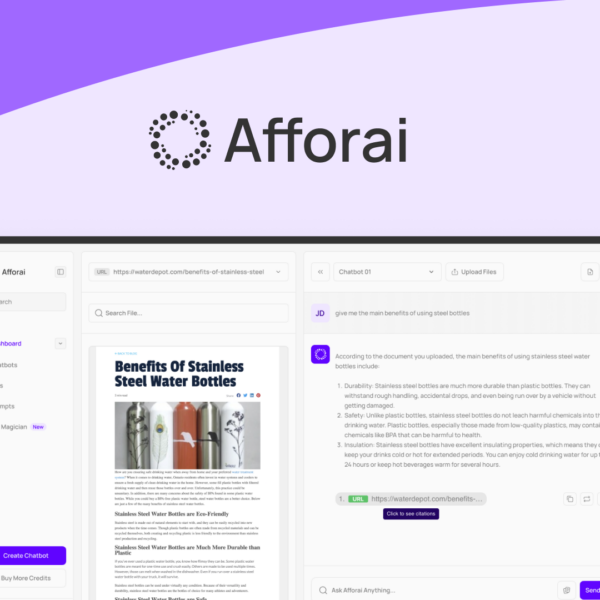Are you overwhelmed by choosing SaaS Products? Don’t worry; you’re not alone! With the multitude of options available, it’s crucial to make informed decisions that truly benefit your business.
Do Your Homework on the Developer and the Company
Before committing to any software, it’s smart to do your homework on the developer and their company. Start by checking how long they have been in business. A company with a solid history shows reliability.
Researching the Developer
Look at customer reviews and testimonials. These can give you real insights into how the software works and how the company treats its users. Are people happy with the support? Do they find the software useful?
Company Reputation
Check if the company has any awards or industry recognition. This can indicate that they are trusted in the market. Also, search for any news or press releases to see how they handle issues. A company that communicates openly about problems is often more trustworthy.
Community Engagement
See if they have an active community forum or social media presence. A responsive company that listens to user feedback tends to improve their product more quickly. This engagement can also offer you additional support.
Financial Stability
Consider the company’s financial health. A stable company is likely to be around for the long haul. Look for any investor backing or growth in their business. This can give you peace of mind about your investment.
By doing your homework, you can choose a SaaS product that meets your needs and provides a good return on your investment.
Check Recent Features Rolled Out

When choosing a SaaS product, it’s vital to check recent features rolled out. This tells you how active the company is in improving their software.
New Features Overview
Look for a list of new features added recently. A company that regularly updates its software shows they’re committed to enhancing user experience. This can really impact how well the software meets your needs.
Benefits of Recent Updates
Recent updates often fix bugs and improve functionality. They can also introduce tools that make your work easier. For instance, updates might add automation features or enhance user interface design.
User Feedback on Updates
Check how users are reacting to these updates. Positive feedback can be a sign that the features are useful. If many complaints arise, it may be a red flag. Reviews can give you a clearer view of the value of new features.
Future Updates and Roadmap
See if the company shares its future roadmap. A transparent plan can suggest that they’ll keep improving their service. Knowing what to expect in the future can help you make informed decisions.
Trial Access to Recent Features
If possible, try to get access to recent feature trials. These give you a firsthand look at the latest improvements. Testing them out can also help you decide if the software is right for you.
Look at the Product Roadmap
Looking at the product roadmap is an important step. It shows you where the software is headed in the future. The roadmap outlines what features and updates are planned.
Understanding the Roadmap
A clear roadmap tells you how often the company releases updates. This can be a good sign of their dedication to improvement. Knowing this can help you feel more confident in your choice.
Features in Development
Check for any upcoming features that interest you. If you see tools that solve your problems, it’s a positive sign. This means the company is listening to user feedback.
Version History
Look at past versions of the product. How often do they roll out updates? Regular updates show the company is active and committed to enhancing the software.
User Feedback Integration
See if the roadmap includes feedback from users. Companies that take user input seriously often create better products. This can lead to features that truly meet your needs.
Preparing for Changes
Understanding the roadmap helps you prepare for future changes. If you know what’s coming, you can plan your usage. This ensures you can make the most of the new features as they become available.
Chat with Their Support

Talking with the support team can give you great insights. It’s a way to see how responsive the company is. When you contact support, pay attention to how quickly they reply.
Response Time
A quick response often means the company values its users. If they take a long time to get back to you, that might be a warning sign. You want a service that’s there for you when you need help.
Quality of Support
Ask questions about the product to gauge their knowledge. A good support team should understand the software inside and out. They should be able to answer your questions clearly.
Multiple Support Channels
Check if they offer different ways to reach them. Options like live chat, email, or phone can be very useful. Having multiple channels means you can get help the way that works best for you.
User Reviews on Support
Look for reviews about the company’s support team. Happy customers often share their experiences. Positive feedback on support can boost your confidence in the software.
Trialing Support Before Purchase
If you can, try reaching out before buying. This gives you a feel for their service. You’ll see how they treat potential customers, which is important.
Decide on Current or Upcoming Needs
When choosing software, it’s crucial to decide on your current or upcoming needs. Think about what features you require right now. Make a list of essential features you can’t live without.
Identifying Current Needs
Current needs should match your daily tasks. Do you need tools for project management or better communication? Clearly outline what you need the software to handle today.
Anticipating Future Needs
Also, consider what you might need in the future. Will your team grow? Do you plan to offer new services? Picking software that can grow with you can save time and hassle later.
Flexibility of the Software
Make sure the software is flexible. It should adapt as your business needs change. Solutions that offer customization or add-ons can be beneficial for scaling.
Budgeting for Needs
Decide how much you can spend. Sometimes, it’s worth paying a bit more for a solution that fits both current and future needs. Look at the long-term value rather than just the upfront cost.
Trial and Testing
If possible, test the software before you buy it. Many companies offer free trials. This allows you to see if it meets your current and upcoming needs.




